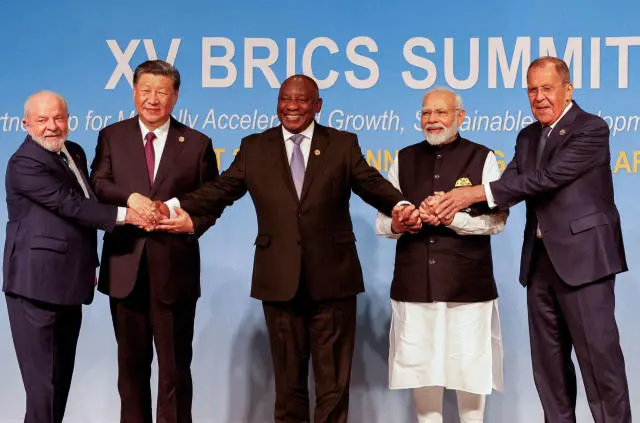- P.O. Box: 11482 Yaoundé, Cameroon; Headquarters: Efoulan, Yaoundé 3
- contact@caessinternational.org

BRICS Summit: Expansion Marks a Step Toward Multipolarity
The BRICS group (Brazil, Russia, India, China, and South Africa), gathered at a summit in Johannesburg, will welcome six new members as of January, including Iran, South African President Cyril Ramaphosa announced on Thursday, August 24. Iran, Argentina, Egypt, Ethiopia, Saudi Arabia, and the United Arab Emirates are set to join the bloc of emerging economies seeking to increase its global influence.
It is worth noting that around forty nations have either formally applied for membership in the group—which accounts for a quarter of global GDP and represents 42% of the world’s population—or expressed interest in joining. “This shows that the BRICS family of nations is growing in importance, stature, and global influence,” emphasized President Ramaphosa. Indeed, these five countries are now powerful engines of global growth, united in their demand for a more inclusive global political and economic balance, particularly in relation to the United States and the European Union.
Nonetheless, the effort to strengthen ties among these emerging nations is not without challenges. Representing 18% of global trade, where transactions remain mostly conducted in U.S. dollars, BRICS countries are exploring ways to reduce their dependence on the greenback. “We do not see the BRICS countries as becoming some kind of geopolitical rival to the United States or anyone else,” said White House National Security Advisor Jake Sullivan in a press briefing in Washington.
Despite the calm tone from the White House, this expansion of BRICS marks yet another step toward the multipolarization of international relations—an outcome that the world’s emerging powers have long been advocating for.